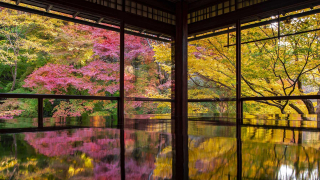Make Your Own Food Samples in Japan! Fake Food Workshops in Tokyo & Osaka
| Kansai Entertainment Experience | 2024.04.17 |
Japan's food samples are the most realistic examples of fake food around, and you can try making your own fake food at these shops and workshops in Tokyo and Osaka. Learn from the fake food masters!
The Basics of Japan's Fake Food “Samples”
Spend a few days eating your way through Japan, and before long you're bound to notice something unique about Japanese restaurants: they love fake food! Often displayed as a decadent feast in shop windows, these fake models of the restaurant's real food are somewhat confusingly called "food samples" (食品サンプル/"shokuhin sampuru") in Japan, and although the accuracy of the fake food can certainly vary, they're one of Japan's most common methods for attracting customers into a restaurant - and a convenient tool for giving diners an idea of what they're ordering. (They're often a lifesaver for foreign travelers who can't read a lick of Japanese!)
Japan's super realistic fake food has been perfected, like so many local arts, over the course of many years, and the earliest of these food models date back to the early Taisho period (1912-1926). The proliferation of photography came to Japan fairly late, and so restaurants and food court counters that wanted to show off their wares in the early 20th century decided to produce models instead. These early versions actually relied on the gelatin-like agar-agar to make molds of the food, and food sample artisans would fill these with wax, supporting the models with cotton and washi paper and painting colors on the outside to add some semblance of reality. Over the years various polymers have become more popular materials for Japanese food samples, allowing for greater precision and flexibility, and the realism has progressed to the point that sometimes it's hard to tell if the food is fake or not unless you try to take a bite. In modern Japan food samples have become ubiquitous, and with some help from a starry-eyed audience of foreign visitors in Japan, this fake food is increasingly sold directly to everyday customers - as art, as keychains, magnets, and accessories, or even as do-it-yourself workshops! If you want to get hands-on and try making your own Japanese "food sample," these days there are quite a few fake food workshops using both traditional and more modern methods, concentrated largely in the go-to travel destinations of Tokyo and Osaka!
Where to Find Food Sample Workshops in Tokyo
Tokyo: Kappabashi Dougugai (Kappabashi Kitchen Town)
Called "Kitchen Town" thanks to a long history serving restaurants and home chefs, Tokyo's Kappabashi neighborhood is the go-to place in Tokyo for kitchenwares, dishes, high-end kitchen knives, and all the other miscellany the Japanese food business requires, including food samples. The Kappabashi area is actually about as old as the food samples that are now sold there, with the first wave of kitchenware shops popping up in the area around the year 1912, and over the decades this has expanded to more than a hundred shops all down the main street and down side streets as well. Just a few minutes on foot from the traditional temples and rickshaws of Asakusa, modern Kappabashi is still fairly focused on practical kitchen and dining items for working kitchens, but the area has increasingly opened its doors to sightseers in recent years. A handful of different Kappabashi shops sell fake food, a lineup that once included the unfortunately now defunct Maizuru with its famous gravity-defying "Giga Wave" of fried rice, but one in particular has become popular in recent years thanks to their food sample workshops.
Ganso Shokuhin Sample-ya has been making and selling food samples for close to nine decades, and the first floor of their Kappabashi shop has a huge variety of food sample souvenirs made for everyday shoppers, from fake sushi magnets to daikon radish pen-holders, and even full fake plates of tonkatsu and omu-rice. But the second floor is where the real action is, thanks to the shop's traditional wax-based food sample workshops. Their basic workshop gives you a chance to make fake lettuce and tempura by forming melted wax in water, but they also offer a whole variety of "special days" throughout the year, where you can make things like pan-fried gyoza or taiyaki (sweet fish-shaped cakes) instead!
Ganso Shokuhin Sample-ya Kappabashi Showroom (元祖食品サンプル屋 合羽橋店)
3-7-6 Nishiasakusa, Taito City, Tokyo
Hours: 10:00 - 17:30
Workshop Fee: 3,000 yen per person
Official Website (en)
Ganso Shokuhin Sample-ya Kappabashi Showroom (元祖食品サンプル屋 合羽橋店)
3-7-6 Nishiasakusa, Taito City, Tokyo
Hours: 10:00 - 17:30
Workshop Fee: 3,000 yen per person
Official Website (en)
Where to Find Food Sample Workshops in Osaka
Osaka: Sennichimae Douguyasuji (Sennichimae Kitchen Street)
Osaka is called the Kitchen of Japan thanks to the city's strong, thriving food culture, and with so many restaurants to keep running, it's no surprise that western Japan has its own "kitchen street," in an area called Sennichimae. Located within easy walking distance of both Kuromon Market, known for its fresh ingredients and unique street food, and the Dotonbori/Namba area, known for being one of Osaka's major commercial hubs dotted with takoyaki and okonomiyaki shops in every direction, anyone with an interest in food is already going to be in the area! The shops running along the covered Sennichimae shopping street offer a similar selection of kitchenwares to what you might find in Kappabashi, and while Sennichimae attracts fewer sightseers than its Tokyo counterpart, visitors can still find food sample workshops to participate in!
The cozy interior of Design Pocket is so stuffed full of different fake foods of all kinds that it spills out in front of the shop, with a basket of confusingly realistic "fresh veggies" ready for sale like a farmer's market stall. Alongside cases with big bowls of ramen and mountains of colorful kakigori shaved ice, the walls are covered in smaller fake foods, from half-peeled oranges to pink sakura mochi, and the center of the shop has a counter where visitors can make their own! Design Pocket offers a more modern style of food sample workshop, eschewing wax and providing participants with simple plastic shapes and a palette of paints, pigments, powders, and other tools, which can be used more or less artfully to create some rather realistic fake food! And perhaps best of all, this Osaka food sample shop offers Osaka-style workshops, so you can stuff your face with takoyaki over in Namba, walk five minutes to the shop, and then paint your own takoyaki to take home as a souvenir! (They offer sushi and matcha parfait workshops, too.)
Design Pocket (デザインポケット)
10-11 Nanbasennichimae, Chuo Ward, Osaka
Hours: 10:00 - 18:00
Workshop Fee: 2,980 yen per person
Official Website (jp) | Reservations
Design Pocket (デザインポケット)
10-11 Nanbasennichimae, Chuo Ward, Osaka
Hours: 10:00 - 18:00
Workshop Fee: 2,980 yen per person
Official Website (jp) | Reservations
Our Food Sample Workshop Experience
All the different food sample workshops look like fun, but what is it really like to make your own fake food? The Japankuru team decided that some cute little fake takoyaki would be just the thing to bring home from our next trip to Osaka, so we made our reservations at Design Pocket in Osaka! During the Design Pocket workshop reservation process participants can decide what type of food to make (takoyaki, sushi, or a matcha parfait), but also what practical purpose they want it to serve: the parfait is a memo clip, but both the sushi and the takoyaki can be made into either keychains or magnets, depending on which you prefer. (They're all the same price!) After imagining round little takoyaki popping out from the front of our refrigerators, we knew that takoyaki magnets were the way to go. Soon enough, we got ourselves to Osaka and headed to the shop for our workshop.
When we arrived at Design Pocket, we were sat at the counter and given a small kit with everything we needed: four shades of paint, cotton-covered toothpicks for application, a small makeup sponge, a dark green powder, and of course beige plastic takoyaki blanks - two per person. We were also given a pair of sample finished takoyaki to use as general guides! The whole workshop was fairly relaxed, and we were free to go at our own pace, so instead of having a teacher hovering over us the whole way, the sales staff were doing double duty. Whenever we were ready for the next step, someone would float over to guide us through the process and offer some tips on how to make it look as real (or ridiculous) as we wanted. It's not too difficult to turn a plain plastic blob into a whole takoyaki, but it was fun to really take our time as we gave the plastic a pleasing toasty brown color, painted on bits of red pickled ginger and green onion, then topped each one with plenty of glossy brown "sauce" and some flakes of green "seaweed." Once we were done, the drying takoyaki food samples went into a little plastic container not unlike what you might get your takoyaki in at a street market, except this one had magnets in the bottom to keep the magnet takoyaki secure. They were kept nice and safe all the way home, on Osaka's busy trains and the long shinkansen ride too!
Try Making Fake Food on Your Next Trip to Japan!
The fake food samples that have proliferated throughout Japan, appearing in the windows of so many eateries and specialty shops in modern days, are often true works of art. These professional examples can be so perfectly realistic that they're easily mistaken for fresh-cooked food, but you don't have to be an artisan or an expert to try your own hand at fake food making! Work with wax to make old-school models, or pick up a paintbrush to try more modern methods. Either way, you'll experience a little piece of uniquely Japanese culture, and finish the workshop with a dish of your own fake food creations. They make great souvenirs!
For more info and updates from Japan, check Japankuru for new articles, and don't forget to follow us on X (Twitter), Instagram, and Facebook!
For more info and updates from Japan, check Japankuru for new articles, and don't forget to follow us on X (Twitter), Instagram, and Facebook!
- Basic Info
-
Name Food Sample Workshops Address Ganso Shokuhin Sample-ya Kappabashi Showroom, 3-7-6 Nishiasakusa, Taito City, Tokyo Address2 Design Pocket, 10-11 Nanbasennichimae, Chuo Ward, Osaka
- Comment
-
POST
-
If you know more about replica Rolex watches, you should know that replica Swiss Rolex watches are Imitation Montre Suisse of the best quality, because the replica Rolex Swiss watches manufacturer use the best material to produce replica Swiss Rolex watches and they focus on every detail to confirm the perfect condition however, replique Audemars Piguet the price is still reasonable and affordable. If you want to buy a good Rolex watch in the right price, Swiss Rolex replica watch will be your best choice, go for it. Why the price of Rolex replica watch is much lower than the price of genuine Rolex watch? replique montre omega Because the material and movement are absolutely different, however, the quality is also excellent, therefore, the reasonable and affordable price is the biggest advantage of Rolex replica watches, so it is the best choice for the person who is not rich to buy it. 2024.04.19 reply
-
- Related Article
-
- 0NENTERTAINMENT
 0
0
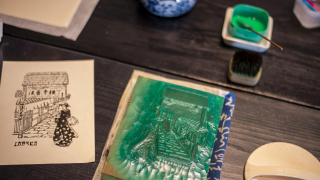 Try Japanese Ukiyo-e Block Printing at Osaka’s Kamigata Ukiyo-e Museum 2024.04.24
Try Japanese Ukiyo-e Block Printing at Osaka’s Kamigata Ukiyo-e Museum 2024.04.24 - 0TOUR
 3
3
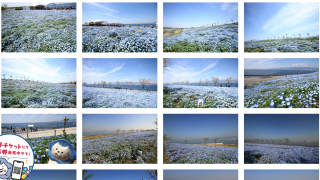 Osaka's Best Nemophila Flower Spot • Visit the 2024 Nemophila Festival for Fields of Blue... 2024.04.18
Osaka's Best Nemophila Flower Spot • Visit the 2024 Nemophila Festival for Fields of Blue... 2024.04.18 - 0ACCOMMODATION
 1
1
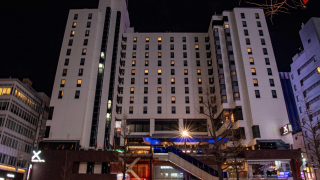 3 Min From Namba! Cross Hotel Osaka Is Our Latest Pick for Osaka's Best Sightseeing Hotel 2024.03.28
3 Min From Namba! Cross Hotel Osaka Is Our Latest Pick for Osaka's Best Sightseeing Hotel 2024.03.28









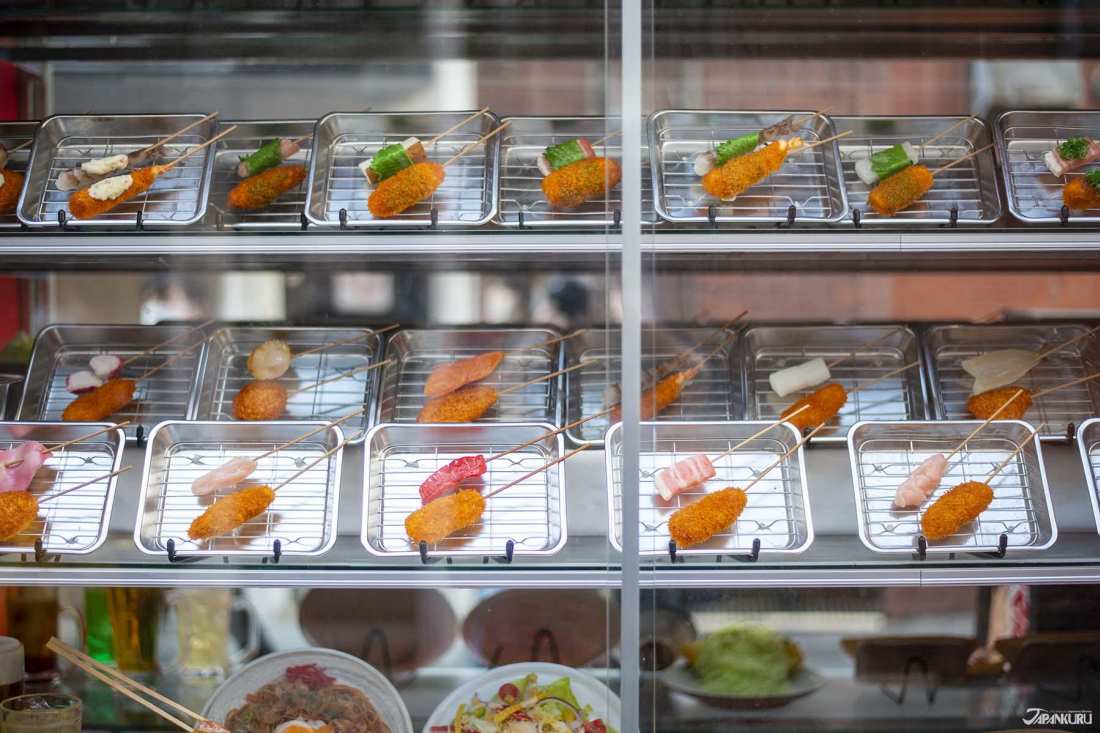

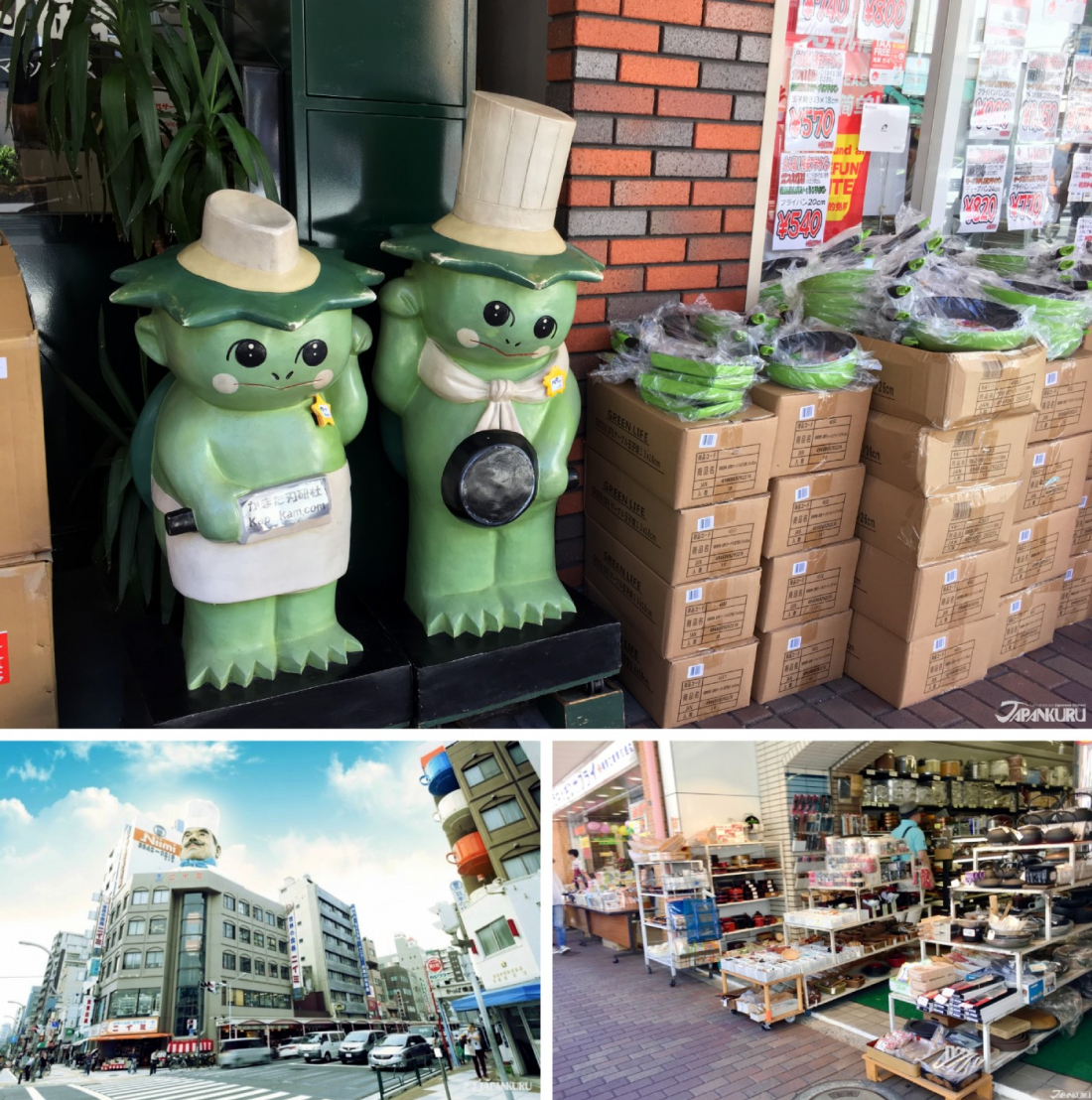
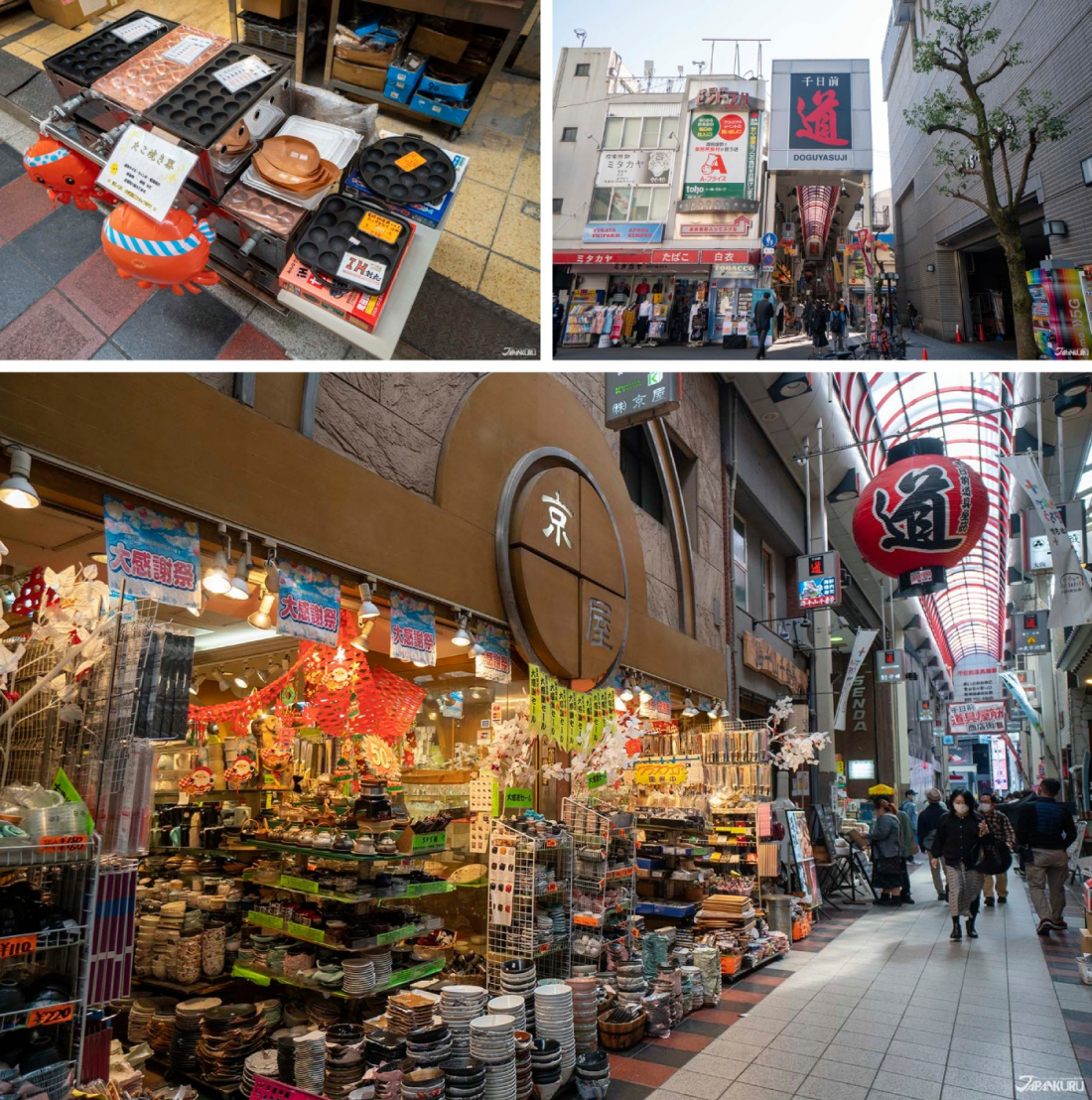
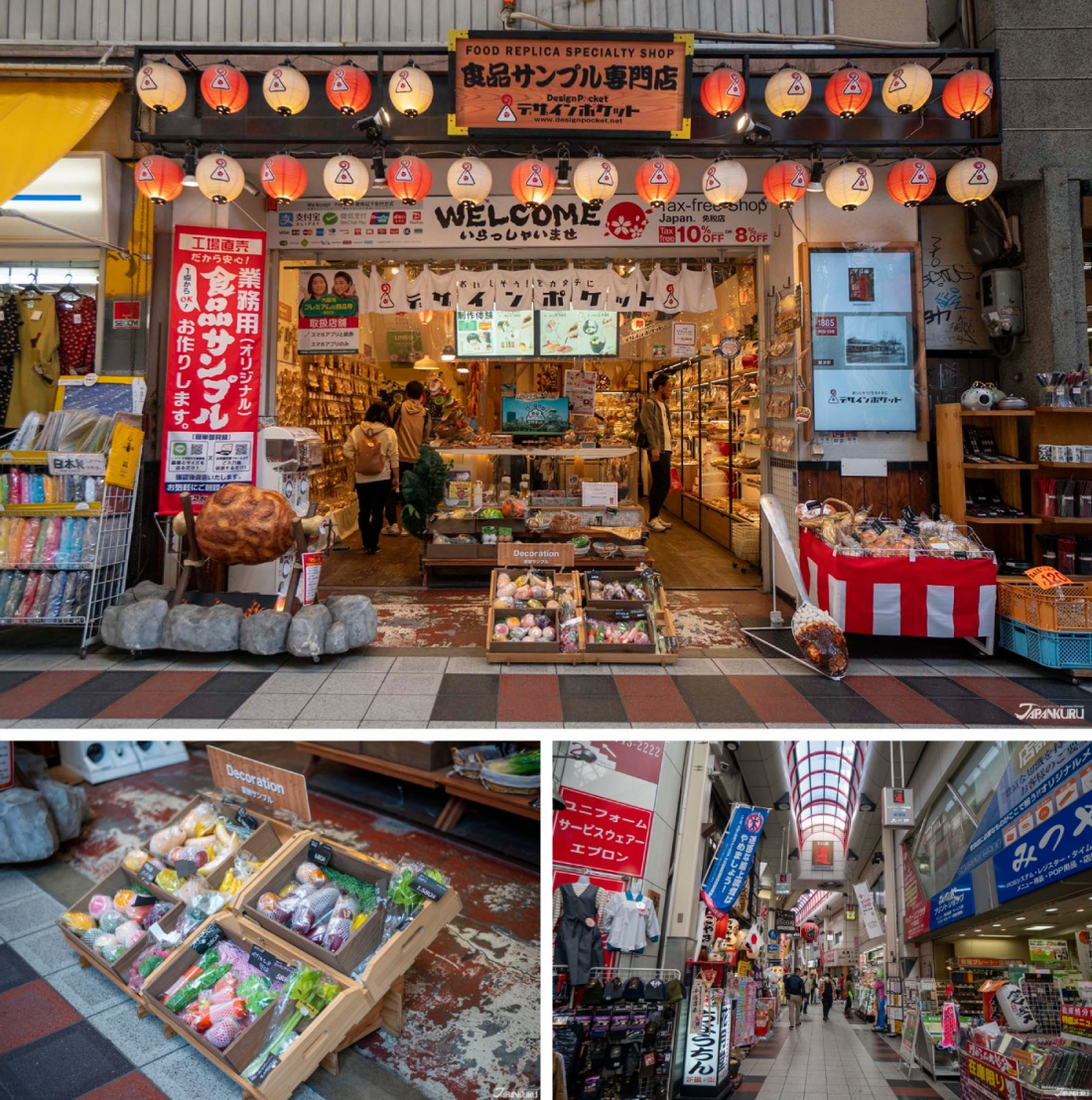
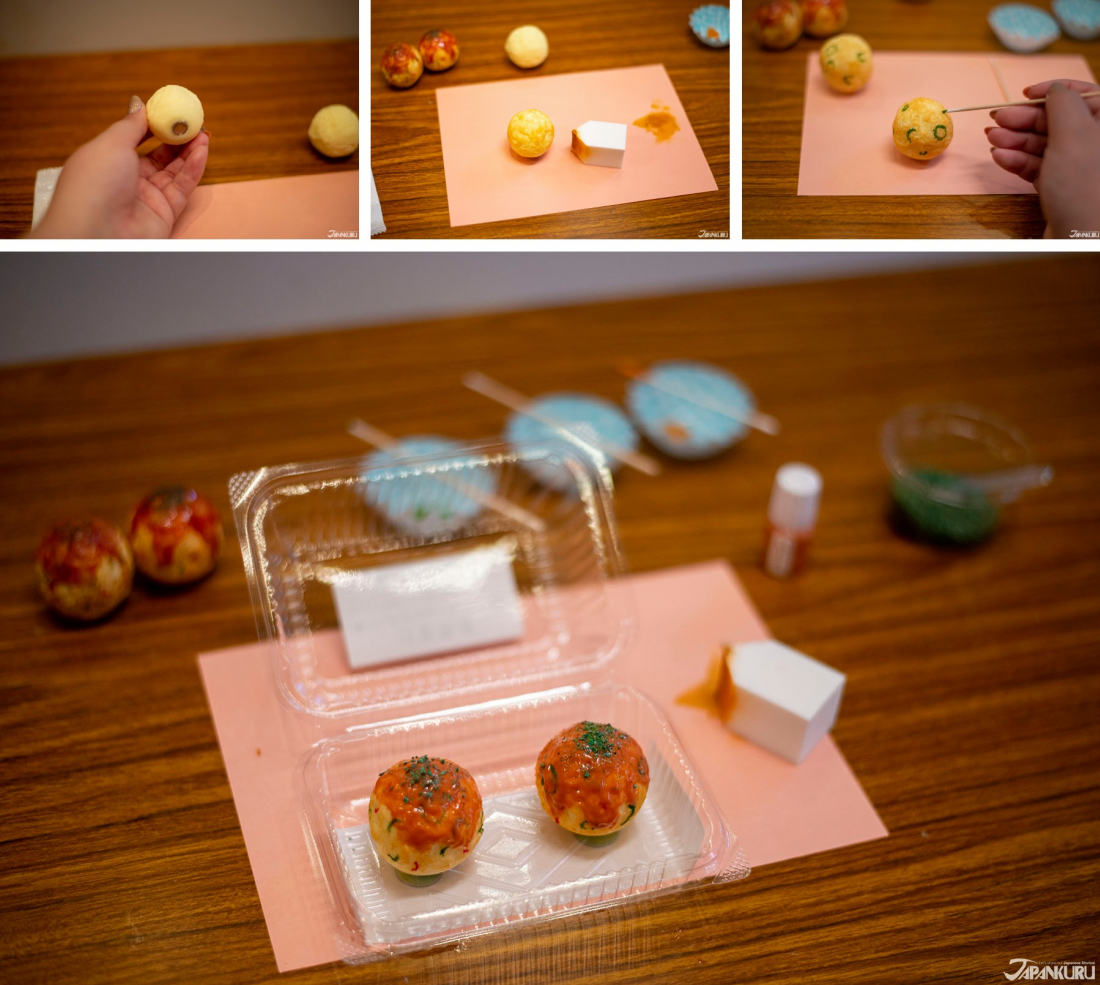
 REPLY
REPLY





